I love meeting American students experiencing Alicante for the first time because everything here has become the norm for me. I sometimes forget what it is like moving across the Atlantic not knowing what to expect.
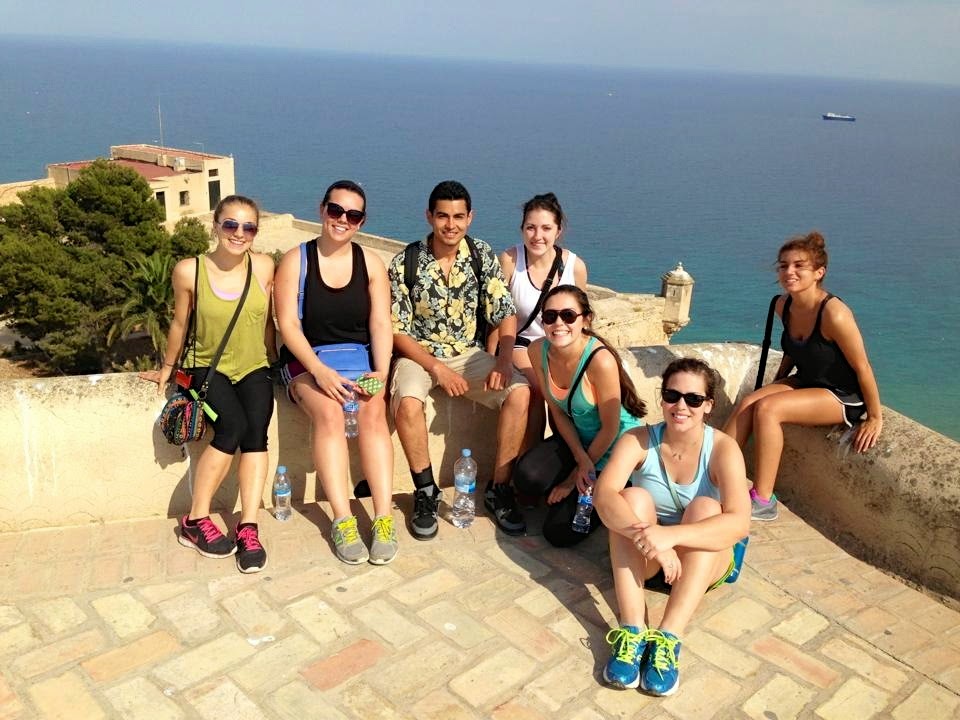
Overall, this Ambassadorship is giving me the opportunity to share my knowledge about the program, the city, and the university with new students. I’ve cherished every minute with CEA’s summer programs and love sharing the “ins and outs” of my favorite city with eager, travel-hungry students like myself, always looking for a new adventure.

It has been a crazy week here at the CEA Alicante office as we prepare for the arrivals of several summer
study abroad programs. This past week we welcomed two new groups: a custom program from the University of Tennessee-Knoxville and the June/July CEA programs.
Here’s a look at what I’ve learned goes into preparing for CEA study abroad student arrivals, plus what students can expect when they arrive at their study abroad city.
What Goes Into Preparing for a new Group?
The CEA resident staff puts in a lot of preparation for the arrival of every new group, including making sure that every student provides their arrival information, studies the pre-departure materials, and makes all necessary arrangements, such as credit transfers at their home university to study in Alicante.

CEA also prepares housing arrangements, university enrollment, and basic information about the city to help students adapt quickly. Additionally, the onsite staff establishes a communication outlet to answer any student questions and provide tips to help with the study abroad transition before students arrive. For example, many students ask about cellphones to use in Alicante. The onsite staff provides options like CellHire, onsite purchase, or downloading apps such as Viber and WhatsApp before arrival. For the onsite staff in Alicante, the pre-departure work never ends.

Adapting to a new City:
Once students arrive in Alicante, it’s crucial for CEA to help with the students’ transitions to new housing and cultural adjustment because the first couple of days can be overwhelming and exhausting. CEA hosts an orientation that covers information on how to navigate the city, housing, and students’ class locations. After that, students go on a tour of the city and have lunch at a traditional Mediterranean restaurant to enjoy local cuisine and bond with one another.
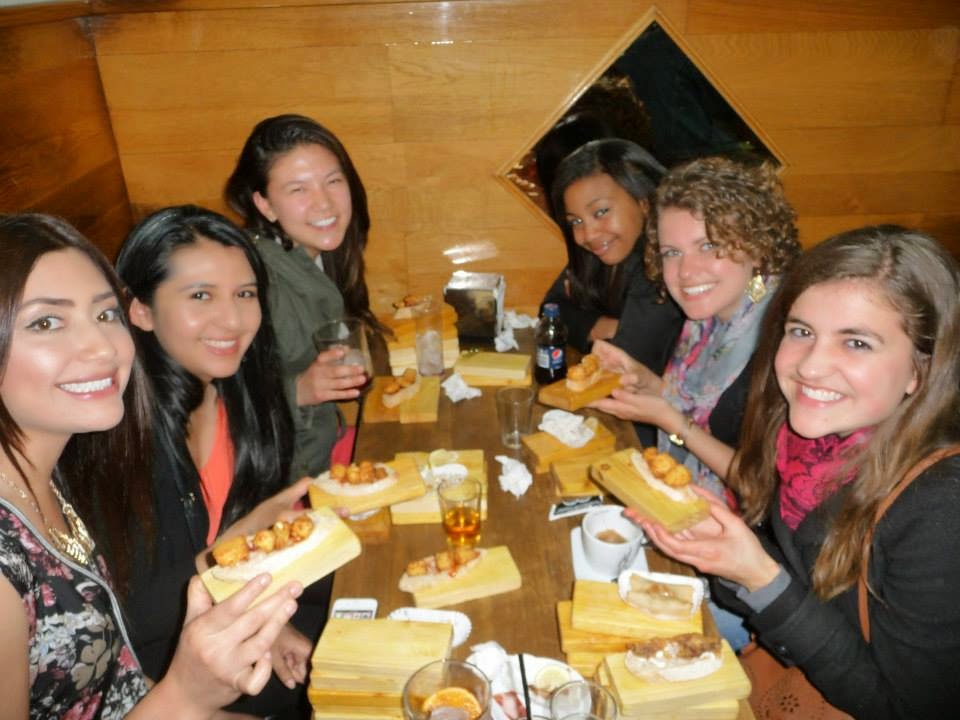
Plus, it is very important that students come prepared to adapt to their new home in Alicante using the resources provided by CEA in order to get the most out of the experience. It is normal for students to make mistakes the first few days because their host city culture is likely very different from home. For example, in the U.S., it is part of our culture to give tips at restaurants. However, in Spain it is not normal to give a tip unless you are rounding up to the nearest Euro because the employees work on a salary. This is a common mistake students make, but it is all part of the study abroad experience. Cultural adaptations like this also help develop the skills prospective employers seek in students and recent grads.
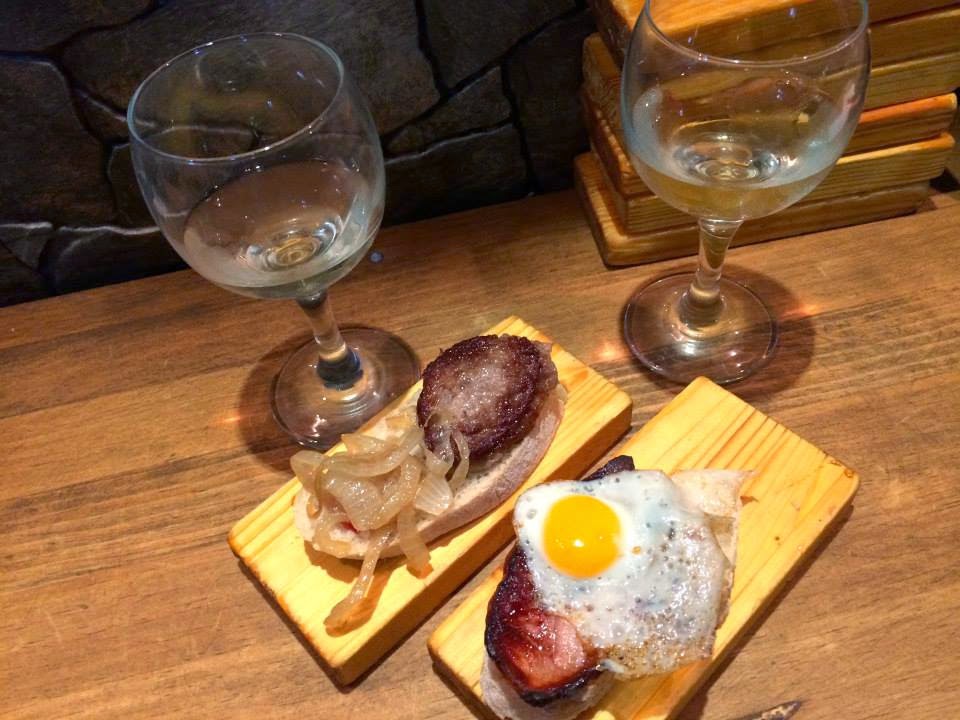
Choosing Where You’ll Live:
After students are introduced to the city and have a taste of what Alicante has to offer, they are transferred to their housing. Students studying in Alicante have three choices of living situations: apartment, homestay, or residence hall. All of the apartments and homestays are located in the city center within close proximity to each other.
Apartment Living
Students who opt for the apartment are provided with all the basic needs for living self-sufficiently. Here’s some feedback from recent CEA study abroad students:
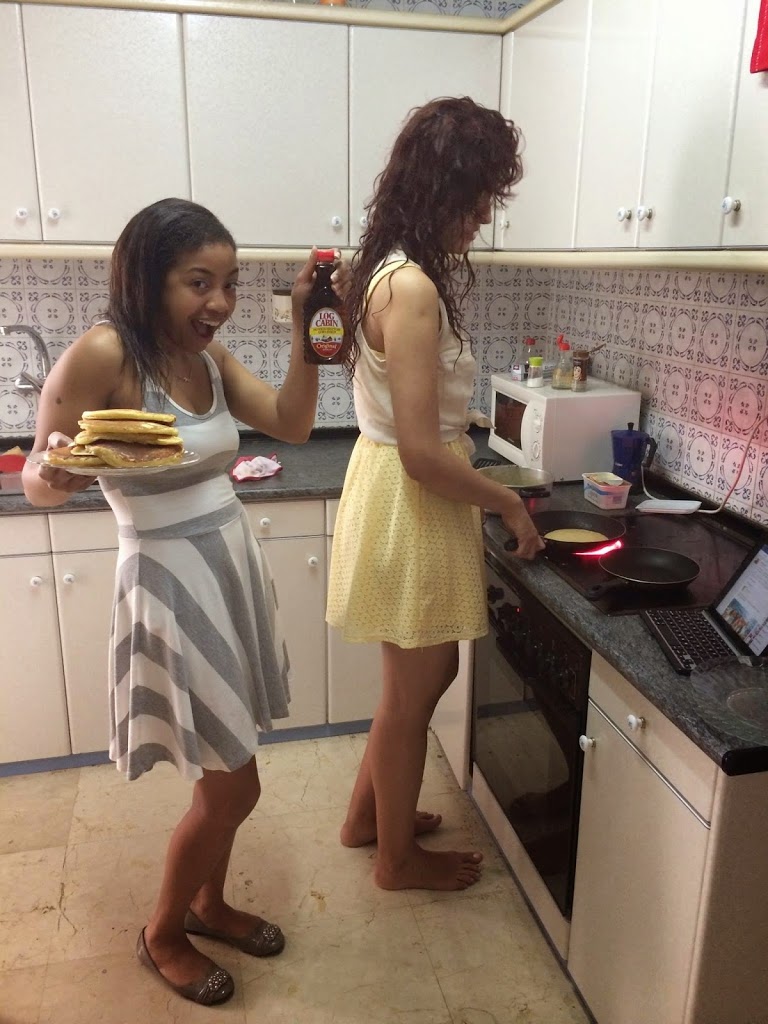
- “The CEA apartment living style offered much more independence. You can do everything on your own schedule and cook your own food. The location of my apartment was also perfect and it was a lot nicer than I had expected,” said Alexis Tetrault, a Spring ‘14 Alicante alumna and student at the University of Missouri-Columbia.
- Jocelyn Parker, another Spring ‘14 Alicante alumna and student at York College of Pennsylvania, also recommends living in an apartment: “It gave me a sense of independence and allowed me to learn the culture on my own. Also, having roommates made everything more fun because we all had a blast adjusting together!”
Homestay Option
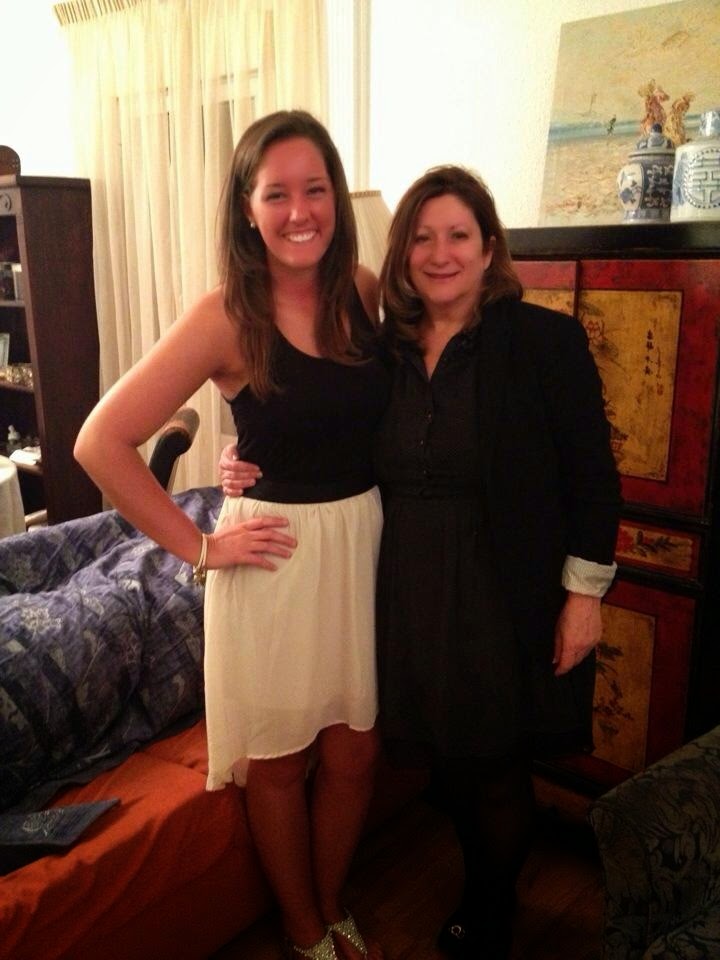
However, students who prefer a more structured lifestyle like CEA’s homestay option. All of the homestay families have had multiple American students live with them, so they know how to help the students feel like a member of the family. The families are very excited to make your experience abroad unforgettable and contribute to your experience of a lifetime.
“I could not have asked for a more fun, generous, kind-hearted person to live with during my time here. She will take you in as her own and you willleave with a new family member,” said Leah-Beth Peroni, spring ‘14 alumna and student at Indiana University, in regards to her host mom, Rosi.
Residence Halls
Another housing option students have is the on-campus residence hall, where they live with other Spanish and international students in a more communal atmosphere. The residence hall is a lot like living in an American dorm, while still having an independent lifestyle. In the University of Alicante’s residence hall, students can indulge in the cafeteria on a meal plan, relax outside by the pool, shoot hoops with new friends, or hang out in the hall’s TV rooms and computer labs.
Navigating Your new City
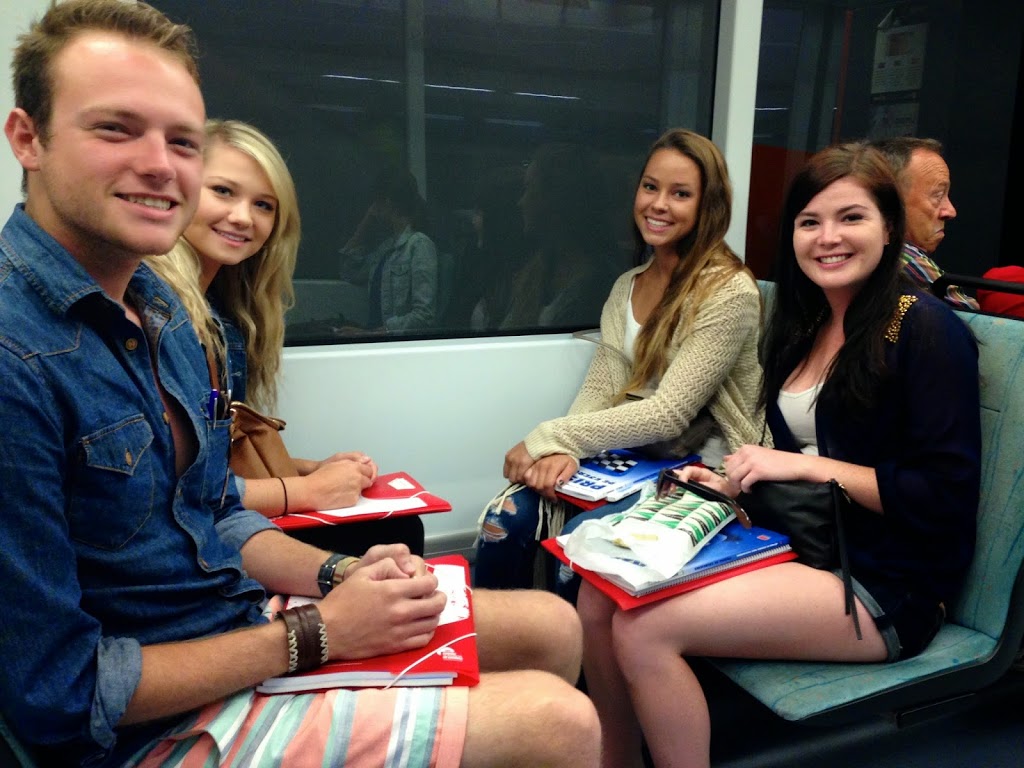
The University of Alicante is located in San Vicente, about 8 kilometers northwest of the city center and is easily accessible from downtown using public transportation. Students have two options of transportation: tram or bus. The tram has three main stops in the city center that are reachable from all housing within a short walk. It’s very spacious and comfortable and only a 30-minute commute to campus for students.
On the other hand, the bus stops more frequently downtown, but the commute time varies, depending on how many people are riding the bus or traffic that day. Whichever option students choose, commuting to the university is fast and convenient.
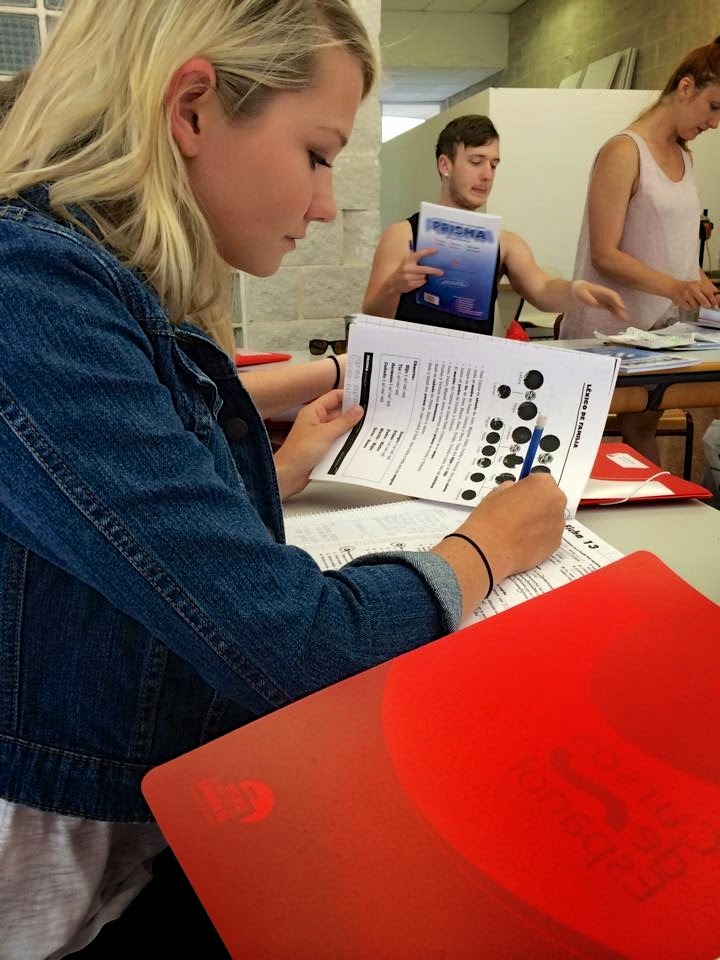
Meeting Your new University
Students will feel like a local student at the University’s campus. The campus offers all the basic student needs such as a library, sports center, on-site health center, bookstore, post office, cafeterias and much more.
Additionally, the campus is very private and tranquil. There are no roads once on campus, allowing the University to be well landscaped and maintained. Walking around you will find fountains highlighting the sidewalks, orange and palm trees grazing the sky, and students hanging out and studying on the campus’s many green, well-kept lawns.
Most classes are held at the university’s two main instructional buildings, Aulario 1 and 2. The class sizes are much smaller compared to many U.S. classes, which allows CEA students to have a more hands-on learning experience and an opportunity to make international friends.
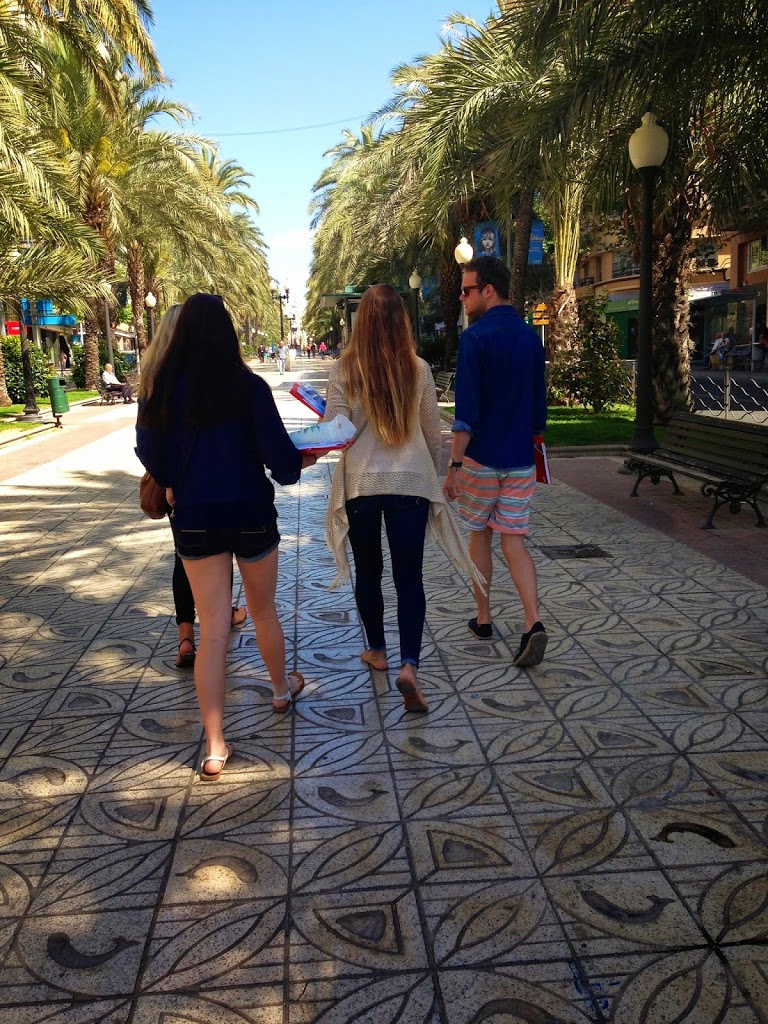 Taylor Stoeckler is a third-time CEA alumna (Prague & Alicante Summer '13 and Alicante Spring '14). She is an Alumni Ambassador and a senior at Iowa State University.
Taylor Stoeckler is a third-time CEA alumna (Prague & Alicante Summer '13 and Alicante Spring '14). She is an Alumni Ambassador and a senior at Iowa State University.



















